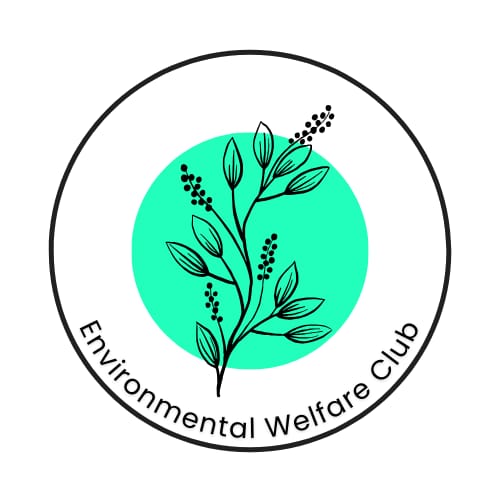How Singapore is Building a Sustainable Future with Green Roofs
Singapore, often referred to as the "Garden City," has taken sustainability to the next level. As a small island nation with limited land, Singapore has turned to innovative urban solutions to balance development with environmental conservation. One of the key strategies is the integration of greenery into its urban landscape, including rooftop plantations, vertical gardens, and advanced water management techniques.
1. Green Roofs: Transforming Concrete into Gardens
To maximize land use, Singapore has embraced rooftop greenery, turning underutilized spaces into thriving ecosystems. These green roofs serve multiple purposes:
✅ Reducing urban heat – The vegetation helps cool down buildings, reducing the need for air conditioning.
✅ Enhancing biodiversity – They provide habitats for birds, butterflies, and other pollinators.
✅ Absorbing rainwater – Reducing the risk of urban flooding.
Many buildings, from commercial towers to public housing, now feature lush rooftop gardens. Notable examples include Marina Barrage, a massive green rooftop that doubles as a recreational space, and Parkroyal Collection Pickering, a hotel boasting extensive greenery integrated into its structure.
2. Vertical Gardens: Greenery in the Sky
Since land is scarce, Singapore has taken green spaces vertical. Vertical gardens are found on high-rise buildings, improving air quality and insulation while creating aesthetically pleasing environments. These gardens also contribute to Singapore’s goal of having 50% green coverage by 2030.
One of the most famous examples is Supertree Grove at Gardens by the Bay—towering structures covered in plants that also generate solar energy.
3. Urban Farming & Rooftop Agriculture
Singapore imports over 90% of its food, making food security a major concern. To address this, the government has encouraged rooftop farms and high-tech urban agriculture. Initiatives like Citiponics (a rooftop hydroponic farm) and the Singapore Food Agency’s “30 by 30” goal (producing 30% of food locally by 2030) are key steps toward a sustainable food system.
4. Smart Water Management: The Key to Sustainability
Singapore also leads in water sustainability through:
💧 NEWater – A system that recycles wastewater into ultra-clean drinking water.
💧 Marina Barrage – A dam that helps with flood control, water supply, and recreation.
💧 Rainwater harvesting – Integrated into green buildings to reduce dependency on imported water.
5. Solar Energy and Sustainable Architecture
Beyond greenery, Singapore is investing heavily in solar power and green building designs. The country’s commitment to sustainability is reflected in its Green Building Masterplan, which mandates that 80% of all buildings must be eco-friendly by 2030.
A Blueprint for the World
Singapore’s innovative approach to sustainability serves as a model for cities worldwide. By combining technology, nature, and smart urban planning, the nation is proving that even highly urbanized cities can be green and sustainable.




.png)

.png)










0 Comments